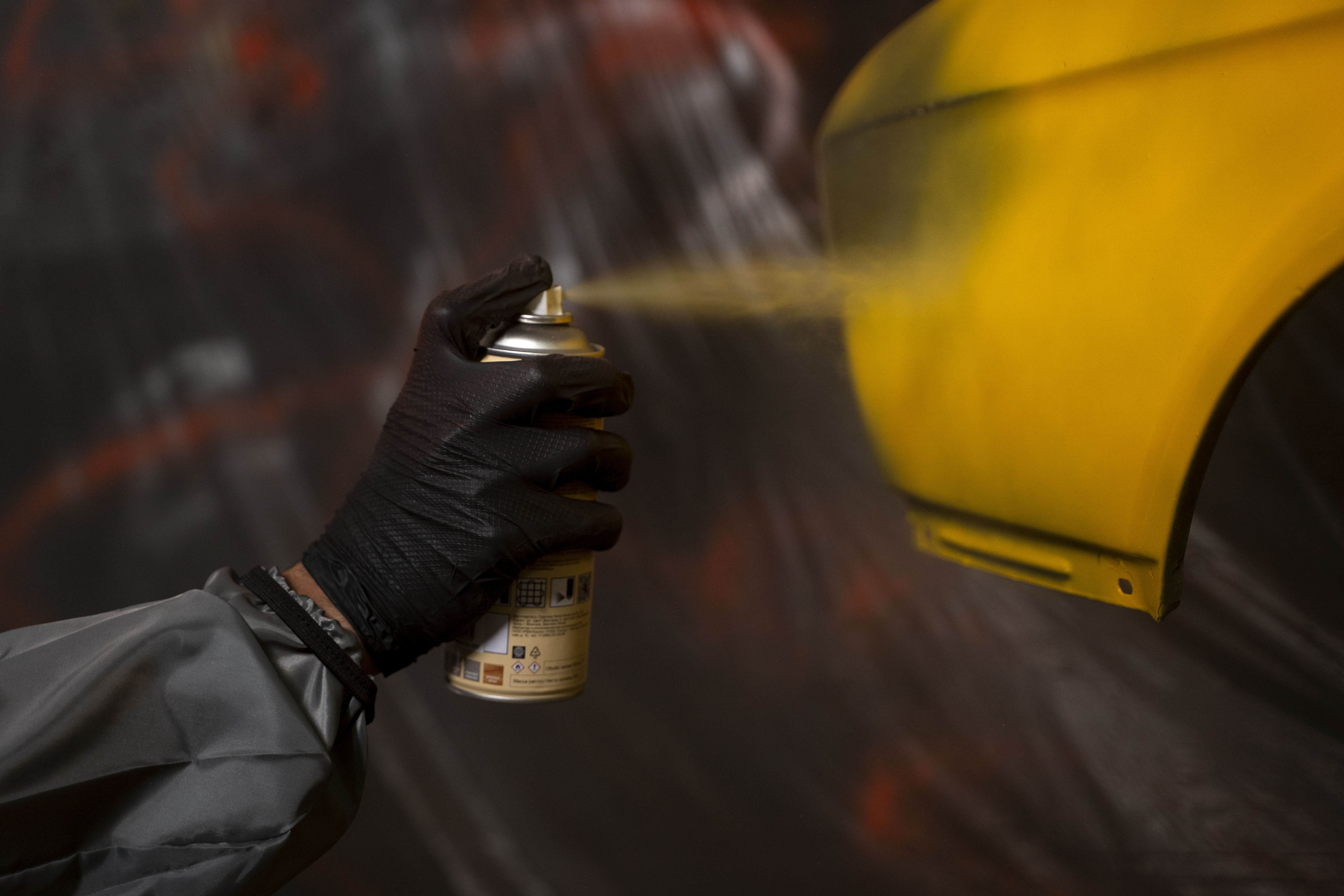
Role of HVOF Coating in Mining
High-Velocity Oxy-Fuel (HVOF) coatings are essential for mining equipment. Mining operations expose machinery to harsh conditions, including high wear, impact, and corrosion. HVOF coatings protect components, improving their performance and extending their lifespan. This reduces downtime and maintenance costs, which increases productivity.
What is HVOF Coating?
HVOF stands for High-Velocity Oxy-Fuel. It is a thermal spray process that applies protective coatings to surfaces. The process involves heating metal or ceramic powders using a mixture of oxygen and fuel. The heated particles are accelerated onto the surface at high speed, forming a dense and durable coating.
HVOF coatings are known for their hardness, low porosity, and resistance to wear, impact, and corrosion. These properties make them ideal for mining equipment that operates under extreme conditions.
Why HVOF Coatings are Important for Mining
Mining equipment faces constant wear and exposure to abrasive materials. Without protection, components degrade quickly, leading to costly downtime and repairs. HVOF coatings offer the following benefits:
- Wear Resistance: Equipment such as drill bits, crushers, and conveyor belts experience high wear from rocks and abrasive materials. HVOF coatings reduce wear and extend component life.
- Impact Resistance: Components like crusher jaws and screens face repeated impacts. HVOF coatings improve impact resistance, preventing cracks and fractures.
- Corrosion Protection: Machinery exposed to water, chemicals, and minerals can corrode over time. HVOF coatings create a barrier that prevents corrosion and chemical damage.
- Reduced Maintenance Costs: By protecting equipment from wear and corrosion, HVOF coatings reduce the frequency of repairs and replacements.
Applications of HVOF Coatings in Mining
HVOF coatings are used on various components to improve their durability and performance in mining operations. Key applications include:
Drill Bits and Cutting Tools
- Drill bits and cutting tools face extreme wear and heat during drilling and excavation.
- HVOF coatings protect these tools from abrasion and thermal damage, increasing their efficiency and lifespan.
Crushers and Grinding Mills
- Crushers and grinding mills process large amounts of rock and ore.
- HVOF coatings reduce wear on critical parts such as crusher jaws, hammers, and grinding rolls.
Conveyor Systems
- Conveyor belts and rollers transport abrasive materials through mining sites.
- HVOF coatings protect these components from wear and corrosion, ensuring continuous operation.
Pumps and Valves
- Pumps and valves handle fluids containing abrasive particles and chemicals.
- HVOF coatings improve wear and corrosion resistance, preventing leaks and failures.
Hydraulic Cylinders
- Hydraulic systems are used to control heavy mining equipment such as loaders and excavators.
- HVOF coatings protect cylinder surfaces from wear and corrosion, ensuring reliable performance.
Materials Used in HVOF Coatings
Different materials are used in HVOF coatings, depending on the application and environmental conditions. Common materials include:
- Tungsten Carbide: Provides excellent wear resistance. It is commonly used on drill bits and crusher parts.
- Chromium Carbide: Offers both wear and corrosion resistance. It is suitable for high-temperature applications such as grinding mills.
- Nickel-Based Alloys: Provide good corrosion protection and moderate wear resistance. These alloys are used on pumps and valves.
- Ceramics: Ideal for extreme heat resistance. Ceramics are used on components that experience high temperatures and abrasion.
Comparison with Other Coating Methods
HVOF coatings are compared to other thermal spray methods such as plasma spray and flame spray. Here are the advantages of HVOF:
- Higher Density: HVOF coatings have fewer pores, reducing the risk of wear and corrosion.
- Stronger Adhesion: The high speed of the particles ensures a tight bond to the surface.
- Lower Oxidation: The HVOF process minimizes oxidation, preserving the coating's properties.
While other methods may have advantages in certain cases, HVOF is often preferred for mining applications that require high durability.
Maintenance and Inspection of HVOF Coatings
Regular maintenance and inspection help ensure the long-term performance of HVOF-coated components. Technicians check for signs of wear, cracking, and delamination. Early detection allows for timely repairs, preventing more extensive damage.
Common inspection methods include:
- Visual Inspection: Detects surface defects such as cracks and peeling.
- Ultrasonic Testing: Identifies internal flaws and delamination.
- Adhesion Testing: Measures the strength of the coating bond.
Future Trends in HVOF Coatings
Research is driving advancements in HVOF technology. Emerging trends include:
- Advanced Materials: New materials are being developed to improve wear resistance and thermal stability.
- Automation: Automated HVOF systems improve coating consistency and reduce human error.
- Sustainability: Efforts to reduce emissions and waste during the coating process are increasing.
Conclusion
HVOF coatings provide essential protection for mining equipment. By enhancing wear resistance, impact resistance, and corrosion protection, these coatings increase equipment reliability and lifespan. This leads to higher productivity and lower maintenance costs in mining operations.


